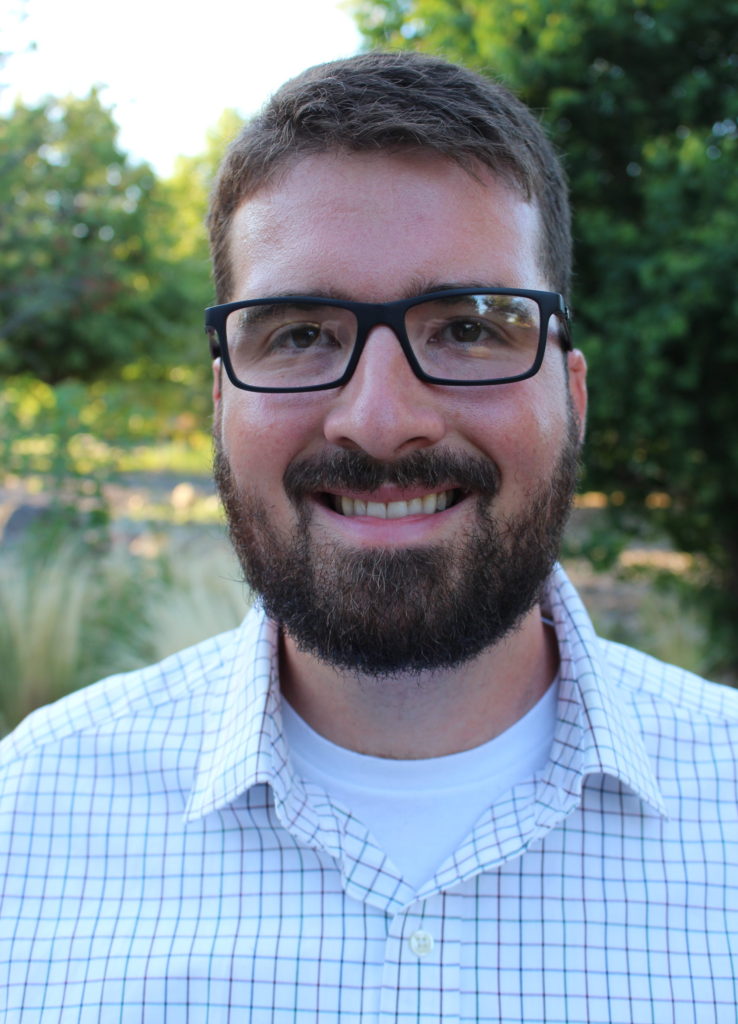
Sean Luis, Ph.D.
Senior Ecologist
B.S. Aquatic and Fishery Sciences, M.S. Restoration Ecology, Ph.D. Restoration Ecology
Phone: (206) 960-4591
Issaquah, Washington
Sean is a senior ecologist specializing in fisheries and aquatic ecology, ecohydraulics, fluvial geomorphology, hydrologic analysis, watershed management, and environmental policy. His research interests focus on juvenile and adult salmon foraging and migratory behavior and habitat usage in the contexts of watershed management and restoration planning and design. Sean has taken the lead on multiple salmonid drift forage modelling efforts to inform restoration design and effectiveness evaluation in CA Central Valley rivers. He also manages an ongoing habitat assessment on the Bogachiel River to identify and prioritize river restoration opportunities. Other projects include riparian vegetation assessments in the Columbia River basin using remote sensing techniques, and fish trapping and tissue collection surveys in the Nooksack basin to assess juvenile rearing distribution. Sean is well versed in a variety of survey tools including RTK GPS, velocity meters, single-beam echosounders, dual-frequency identification sonar (DIDSON), acoustic doppler current profilers, and water quality analytics. His other field skills include field safety, boat handling/trailering, snorkeling, SCUBA, seine netting, fyke trapping, data logger installation, and field equipment fabrication. Sean’s quantitative analytical experience includes modeling approaches using generalized linear models, machine learning algorithms, and other statistical methods and he is experienced in developing novel workflows and analyses. Prior to his work at CFS, Sean served for five years on active duty in the National Oceanic and Atmospheric Administration Commissioned Officer Corps (NOAA Corps), operating oceanographic research vessels on the East and West coasts, and Gulf of Mexico and evaluating fisheries conservation policy actions under the Endangered Species Act in California.
Selected Publications
Luis, S., G. Pasternack, N. Fangue, and A. Rypel. In Prep. Abiotic variables are often neglected in studies of homing and straying in anadromous salmonids.
Luis, S., and G. Pasternack. In Prep. Modeled hydraulic microhabitats for migrating adult Chinook salmon at a regulated river confluence may influence migratory routing in drought scenarios.
Luis, S., R. Brown, K. Sellheim, and J. Merz. In Review. A spatially explicit drift foraging model quantifies salmon foraging habitat enhancement via side channel construction.
Luis, S., and G. Pasternack. 2023. Local hydraulics influence habitat selection and swimming behavior in adult California Central Valley Chinook salmon at a large river confluence. Fisheries Research, 261, 106634.
Luis, S., and P. Roni. 2022. Assessment of Baseline Riparian Vegetation Conditions within the Columbia River System. Report prepared for the Bonneville Power Administration. Portland, OR.
Heublein, J., R. Bellmer, R. D. Chase, P. Doukakis, M. Gingras, D. Hampton, J. A. Israel, Z. J. Jackson, R. C. Johnson, O. P. Langness, and S. Luis. 2017. Improved fisheries management through life stage monitoring: The case for the southern Distinct Population Segment of North American green sturgeon and the Sacramento- San Joaquin River white sturgeon. NOAA Technical Memorandum NMFS-SWFSC-588. 35p.
Luis, S. 2016. National Marine Fisheries Service Biological Opinion for the Miner Slough Bridge Replacement Project. U.S. Department of Commerce. WCR-2016-4900. 68p.
Luis, S. 2015. National Marine Fisheries Service Biological Opinion for the Lower American River Anadromous Fish Habitat Restoration Program. U.S. Department of Commerce. WCR-2015-2703. 96p.
Fowler, C. and S. Luis. 2014. We are not asking management questions. U.S. Department of Commerce. NOAA Technical Memo. NMFS-AFSC-267. 48 p.
Pool, T. K., S. Luis, and J. D. Olden. 2013. Assessing lethal dissolved oxygen tolerance for invasive tunicate Ciona savignyi in Puget Sound. Northwest Science 87(2): 106-113.
 (888) 224-1221
(888) 224-1221 Locations
Locations